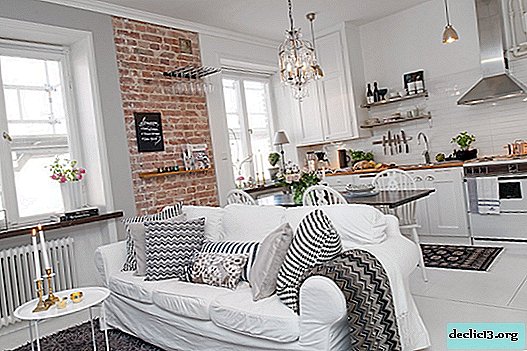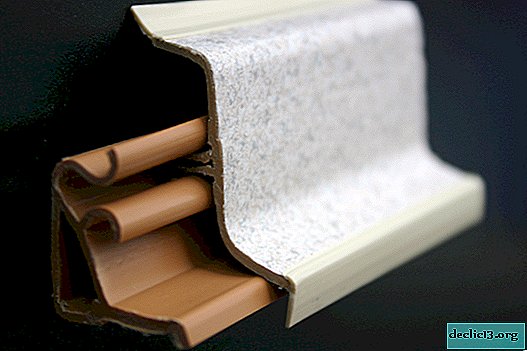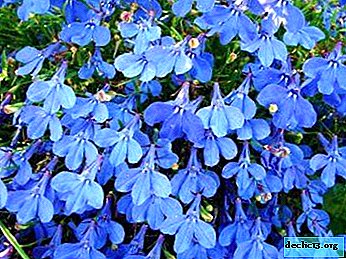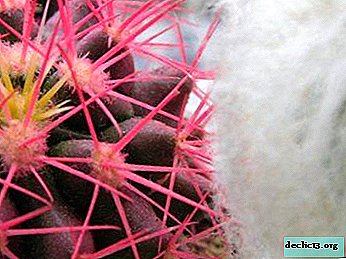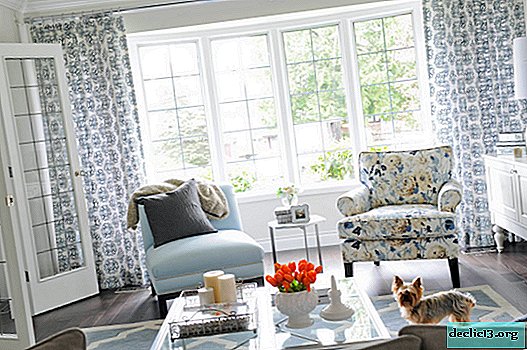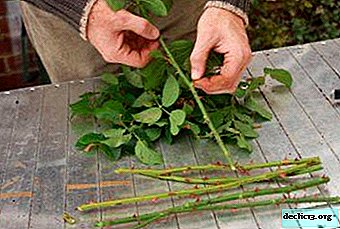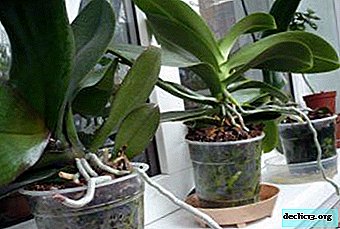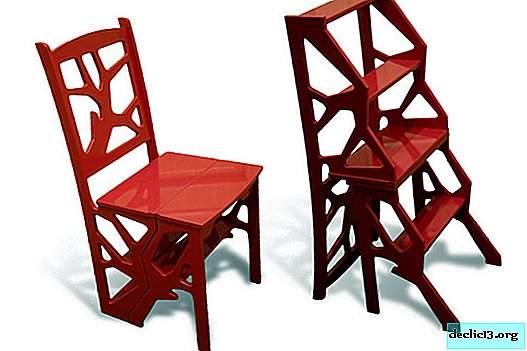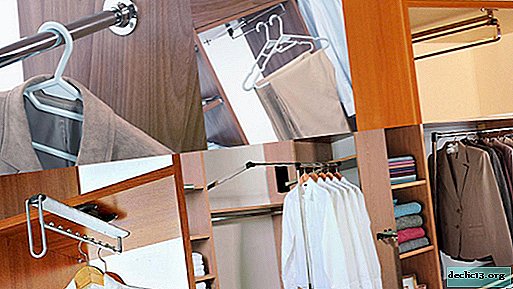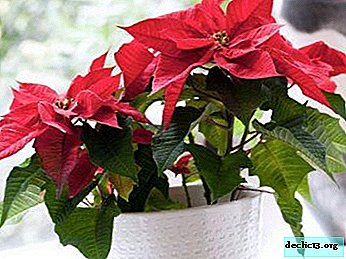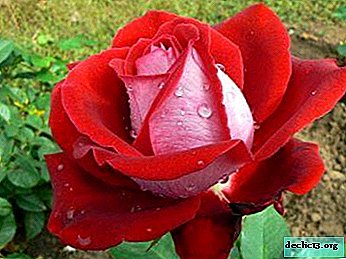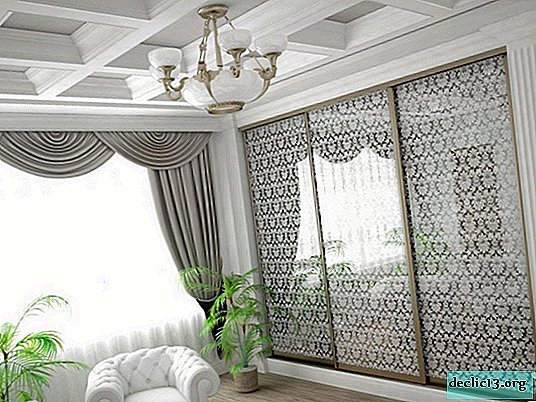Internal plaster for aerated concrete
Internal stucco for aerated concrete gives the home aesthetics and increases the resistance of the material indoors. Similar finishes are made in several ways. Plaster allows you to keep the vapor tightness of materials. Let's get to work!
Material selection
Internal stucco for aerated concrete begins with the right choice of material. There are several options, these are:
- Use dry plaster mixes. In this case, the dosage is precisely calculated in the conditions of the manufacturer, high quality materials, and this improves the quality of the plastered surface.
- Prepare the mixture yourself using additives available in construction stores.
Important to remember! For starting puttying in dry rooms, it is worth using mixtures of which gypsum is included. And for wet rooms it is necessary to use cement-based putty.
Preparing walls for decoration
Preparation of the surface for plastering begins with the alignment of bumps and the sealing of cracks in the material. Then the dust-free wall is covered with a primer. It should be noted that the primer is used with materials that absorb moisture. After about three hours (this time will be enough for the primer to dry), you can start applying the plaster.
An hour after the plaster was applied, the surface must be leveled. After complete drying, the wall must be well smoothed. A day after complete drying, repeat the smoothing until a completely flat surface is obtained. Before such a procedure, the wall must be moistened with a small amount of water.
For internal work, developers from Germany suggest using plaster based on plaster of the Pobedit-Aegis TM-35 brand. When using it, no special primer is required even for aerated concrete blocks. This property provides perlite sand and a lot of slaked lime included in its composition. The resulting surface is very smooth and high-quality, which eliminates the puttying of the wall, and steam passes freely through the plastered layer. In the future, it is good to glue paper wallpapers onto such a surface.
Internal plaster for aerated concrete: the final stage
The last step in finishing is painting the wall with special paint. It can be any vapor-permeable elastic paint. After staining, you can apply an additional thin layer of water repellent, which doubles the durability of the plaster coating.
Today, plaster is used not only as a leveling mixture, but also serves as a decoration option. Surely many have heard of decorative plaster. For more details for its types, methods of application and selection, read here

